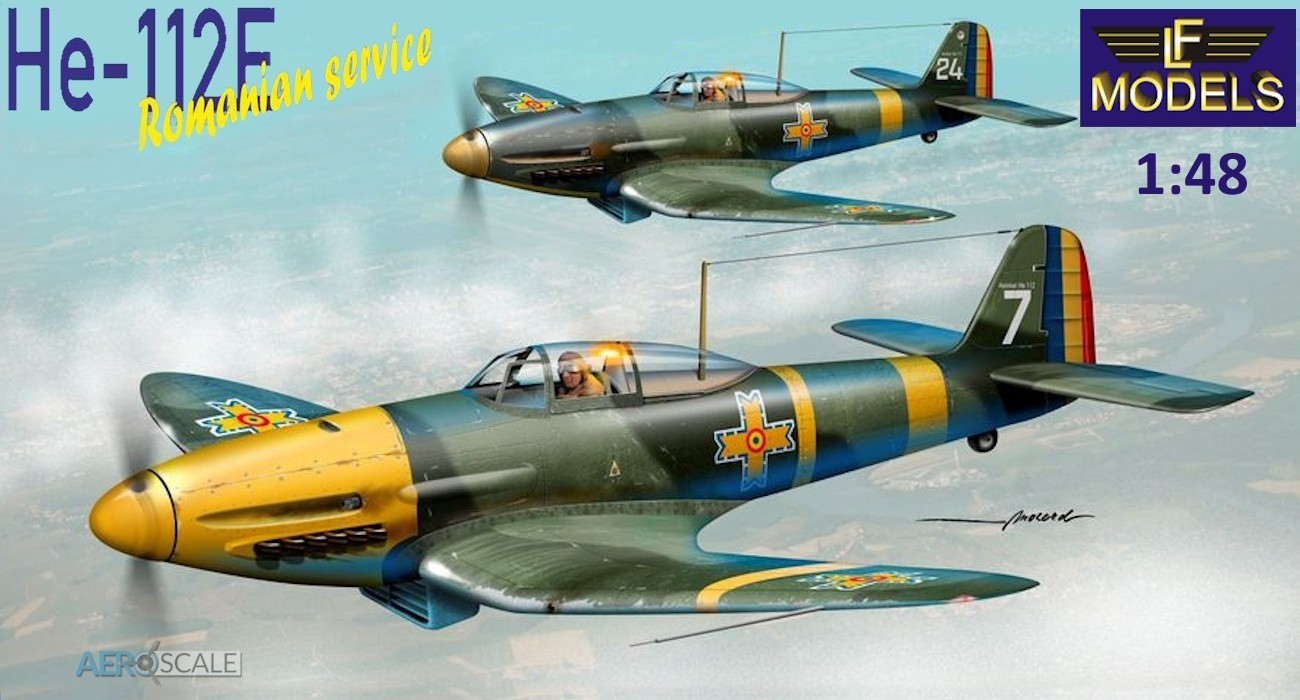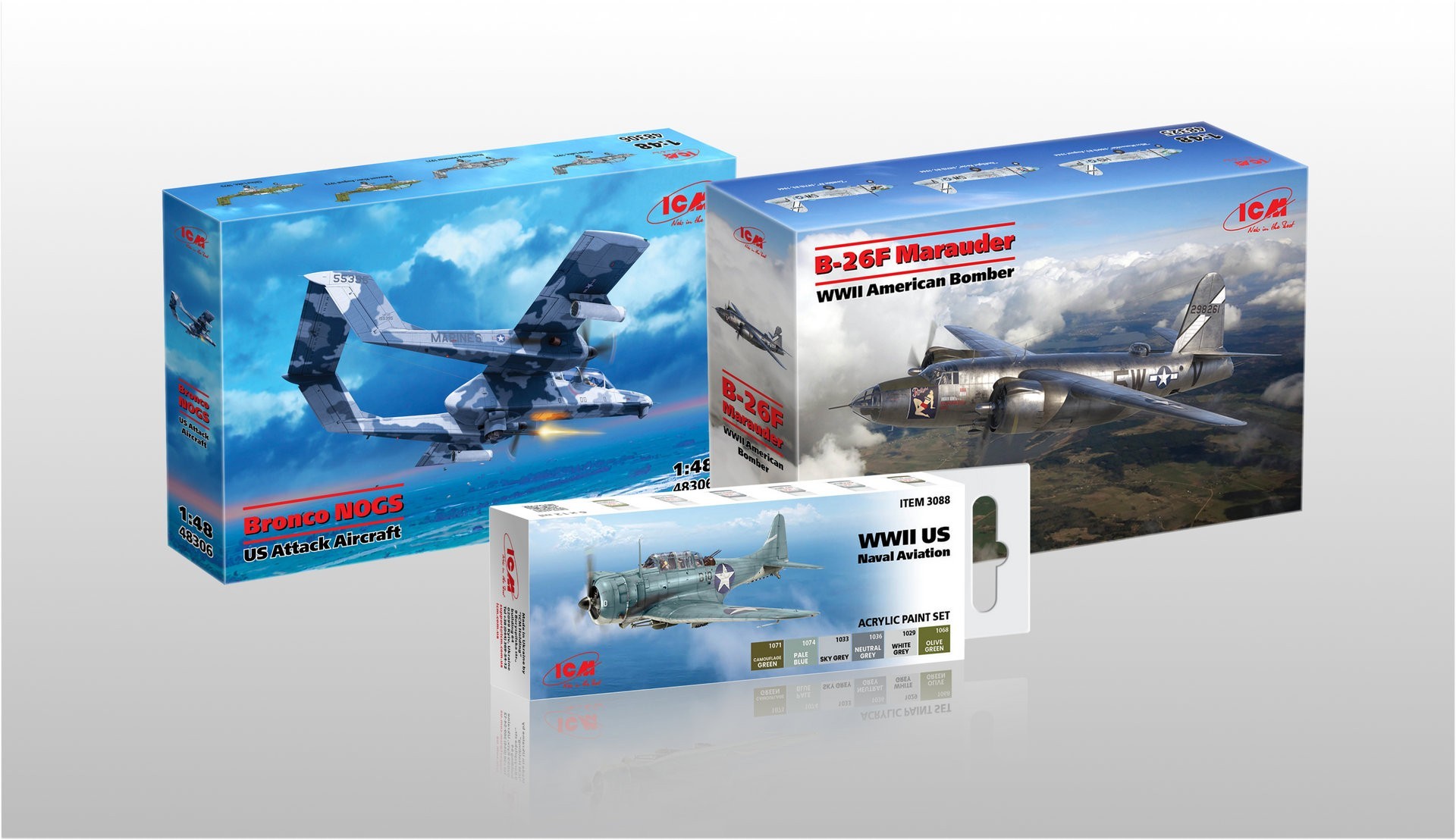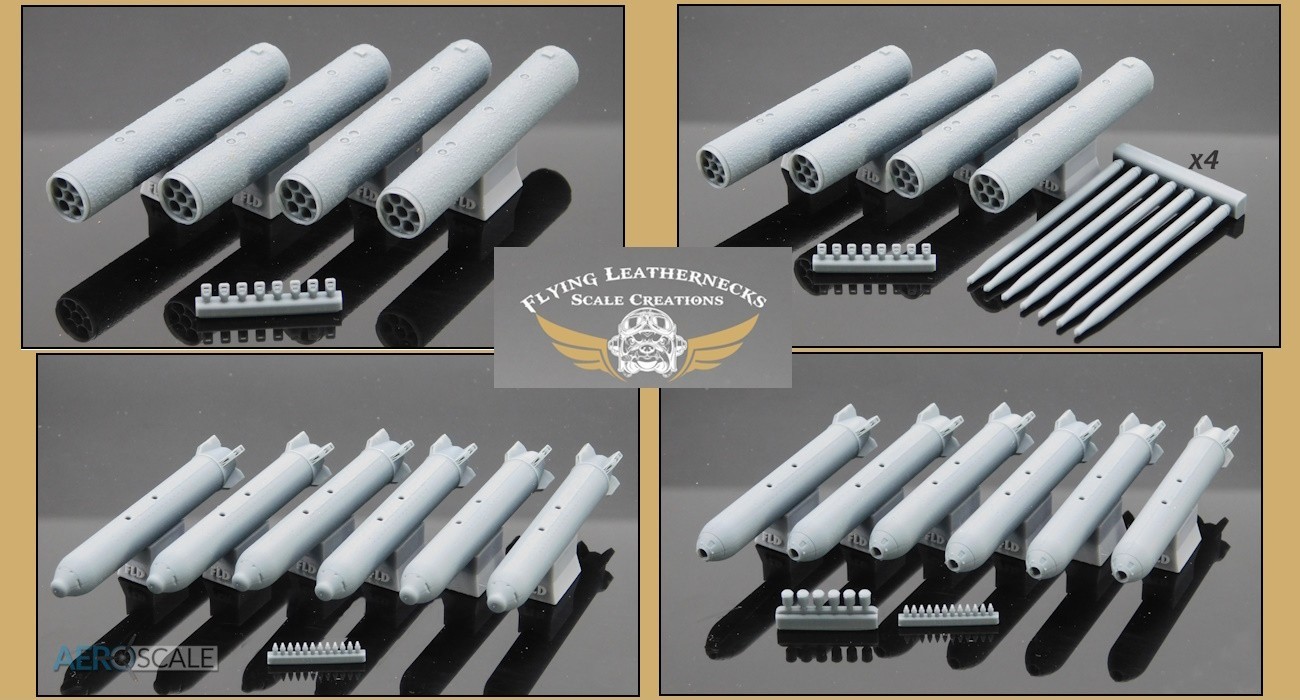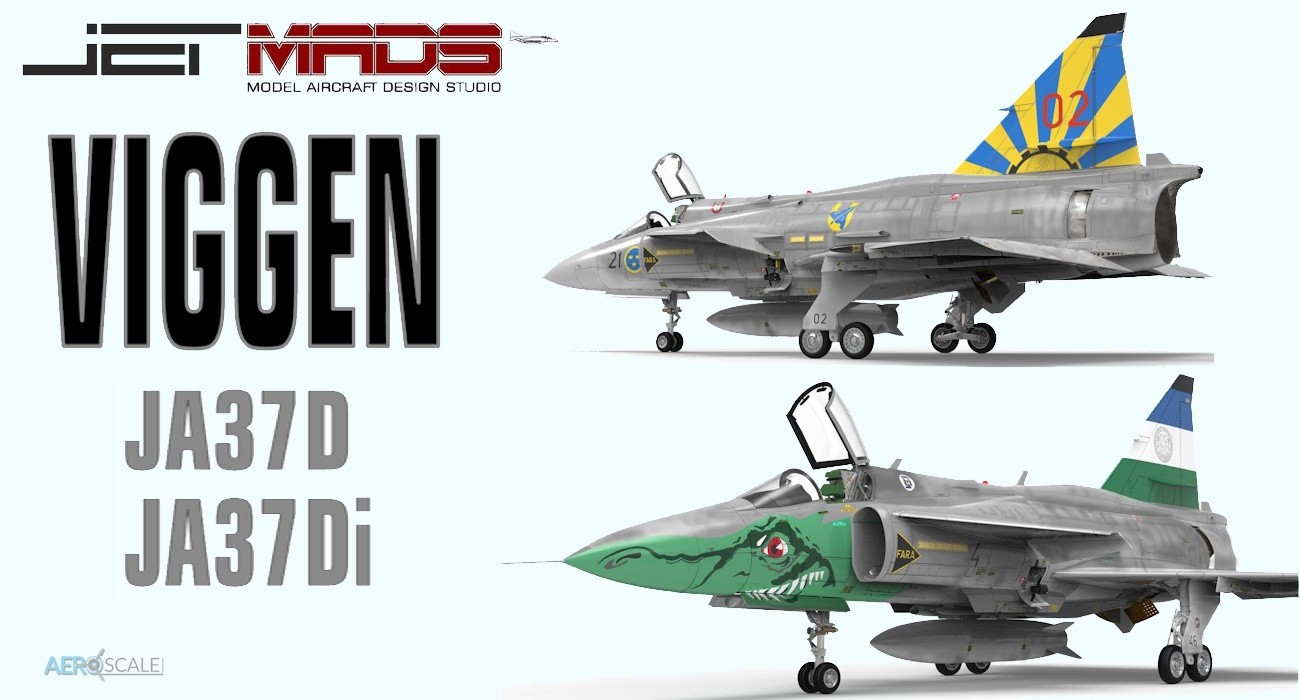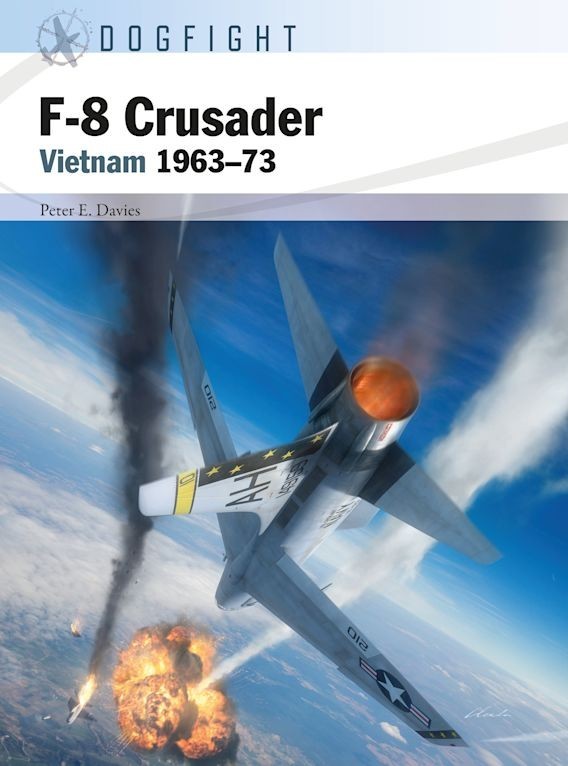
Introduction
"MiG Master" was the sobriquet of the United States Navy's (USN) preeminent air-to-air fighter of the 1960s air war against North Vietnam, the Vought F-8 Crusader. Luftwaffe General Galland's post-war memoir The First and the Last could describe the F-8 - the first supersonic carrier fighter and the last USN fighter with an integral gun armament*. Despite loosing out to the more complex and versatile McDonnell F-4 Phantom II when USN was seeking their naval fighter of the future, the F-8, called the “Last of the Gunfighters” because it had cannon when subsequent fighters were envisioned without any guns, out-killed MiG fighters three-to-two over the F-4. While the Crusader had an abysmal safety record - typical of hot fighters - the F-8 pilot community swore by the jet.
F-8 Crusader is in the standard Dogfight format of 80 pages, catalogued with Osprey's Short code: DOG 7; this review is of the paperback, catalogued with ISBN 9781472857545. It is available in ePUB and PDF with different ISBNs. Peter Davies is the author and the book is illustrated by Gareth Hector and Jim Laurier, with Tim Brown. You can view the book on Osprey's website, here.
Mr. Davies richly enhances the technical aspects of this book with first-hand pilot reports and reminiscences from MiG killers CDR Dick Bellinger, Lt(Jg) Phil Vampatella, and CDR "Hal" Marr, et. al.
Osprey announces this book thusly:
Although the Crusader was nicknamed 'last of the gunfighters', its pilots employed 'secondary' AIM-9D Sidewinder missiles in all but one of their MiG kills, with guns also used as back-up in three. Its 20 mm guns were unreliable as they often jammed during strenuous manoeuvres, although they were responsible for damaging a number of MiGs. However, in combat the F-8 had the highest 'exchange ratio' (kills divided by losses) at six-to-one of any US combat aircraft involved in the Vietnam War.
The air-to-air record of the Crusader as told in this book could inspire modelers to crack open an F-8 kit. At a time the sophisticated F-4 Phantom II was killing approximately one MiG for every F-4 shot down by MiGs, the F-8 was racking up a record worthy of USN in the Second World War. The descriptions of dogfights and illustrations of maneuvers help understand the characteristics of the jet.
The F-8 seems to be a third-generation and naval fighter favorite for modelers. If you do not have a Crusader in your stash, this book may inspire you to add one to your display shelf. Read on about what is inside the covers.
Contents
F-8 Crusader is told through six chapters in this 80 page book:
1. In Battle
2. Setting the Scene
3. Path to Combat
4. Weapon of War
5. Art of War
6. Combat
Aftermath
Selected Sources
Index
Dangerous as such a cutting edge-of-envelope fighter could be, most of the pilots loved it. (Sounds like Vought's F4U Corsair.) MiG killer Vampatella remarked of his enthusiasm;
- The F-8 was a wonderful airplane. It would really hurt you if you mistreated it, but everybody who flew it loved it.
Indeed, some attribute the Crusader to the Navy's superior dogfighting ability before Top Gun and Red Flag, as stated by MiG killer Jerry “Devil” Houston;
- The F-8 stole your heart from the get-go with its beauty and, for its time, power (God, an afterburner!), but it quickly earned an ensign-killer reputation, rightly or wrongly. In the long run, that reputation contributed greatly to fighter pilot development in the US Navy - only the top 10% of pilots were even considered for the F-8 pipeline. As luck would have it, a damn solid force of mid-level stick-and-throttle talent groomed the hungry youngsters into frothing-at-the-mouth tacticians. Without experiencing it, anyone would be hard-pressed to understand the aura that surrounded that early F-8 community. An ensign in an F-8 took no crap from a lieutenant commander who flew anything else. Period.
In Battle spotlights the capability of the F-8 in recounting an incredible dogfight between a single F-8 and six MiGs. Whereas most aerial attacks or dogfights lasted less than a minute, this virtuoso performance spanned 10 minutes of high-G turning, zooming and high speed diving.
Setting the Scene describes the deployment of Crusaders in the Navy and pilot thoughts about F-8. It recalls the formation of squadrons and various carrier and land deployments. Furthermore, it chronicles the Crusader’s first combat with MiGs, and the entry of the upstart F-4 Phantom. Path to Combat leads us through the training syllabus for Crusader pilots, and the use of Crusaders to try to teach USAF Phantom crews to be able to dogfight MiGs after disastrous kil-to-loss ratios in favor of MiGs. (Would you believe that USAF then pitched a fit that the Navy was waxing their tails?) It also explains the F-8 dogfighting air combat maneuvering training, and using the systems of the aircraft. Discussed as well is what a beast of an aircraft the Crusader was to fly, earning it the nickname "gator” because it ‘would eat you alive if you let it.’
Weapons of War describes the naval aircraft that the Crusader came to replace, and the designing and testing of it. It discusses Navy policy of the type of offensive weapons to put on the aircraft, and a variety of other technical characteristics. It also delves into the original Crusader models, reworked earlier Crusaders, and the last model to come off the production line. It also examines the weapons that the Crusader would be armed with. This chapter is full of good detail technical close-ups and artwork of weapons and other components. It includes a subchapter, The Opposition, discussing the MiGs that the Crusader would face, again looking at their design, construction, performance, weapons etc.
Art of War describes employment of the Crusader in the war zone with topics such as formations, types of missions flown, and use of Crusaders in Alpha Strikes. It introduces the tactics of engaging MiGs in both offense and defense. This chapter also has a short summary of the North Vietnamese Air Force's (NVAF) MiGs and ground-based anti-air weapons.
With more than a quarter of the pages (27) dedicated to the main event many of us will buy this book for, Combat takes everything we learned in the previous chapters and presents the results. Several first-hand excepts are included from pilots in the dogfights, as well as the author distilling interviews and reports in his own words. Several high-G fights are described, many with dates and times, and names of the NVAF participants. F-8 defeated the vaunted MiG-21 on several occasions and without loss, and you can read of those fights. Aftermath reiterates that inferior missiles and gun undoubtedly robbed the F-8 of many more victories without exposing it to more losses, and that it proved a dedicated air superiority fighter was still required. F-8's record of accidents is recalled and yet it still was the fighter for air-to-air.
Photographs and Artwork
Enough quality black-and-white and original color photography enhances the text to provide a strong visual component for this book. Modelers may find good source material for their models, and inspiration for individual aircraft and dioramas.
Artwork
Gareth Hector, Jim Laurier and Tim Brown provide plenty of eye candy and views the camera missed with 2-page tactical ribbon displays, battlescenes, and armament detail. Each is accompanied by captions and narratives in reasonable detail.
VF-51 kills a MiG-21 "Blue Bandit", 1600 hrs, June 26, 1968: Tactical ribbon display illustrating eight segments of a successful MiG kill.
VF-162 kills MiGs, 1600 hrs, December 14, 1967: nine-part tactical ribbon display illustrating successful turning battle with MiG-17s.
Near Dai Tan Barracks, 1200 hrs, June 12, 1966: 10-part tactical ribbon display illustrating a large air battle.
MiG Master: 2-page battlescene of F-8s clipping the rice paddies as their MiG impacts behind them.
F-8 Crusader Tactical Formation: overhead view of the "loose deuce."
F-8 Crusader Cannon Armament: from the leading edge to the nose in profile presents the description and explanation of the cannon in the F-8, in cutaway.
F-8 Crusader AIM-9 Sidewinder Armament: from the leading edge to the nose in profile presents the description and explanation of the Sidewinder on the F-8.
Map: North Vietnam.
Look ma, no panel lines!
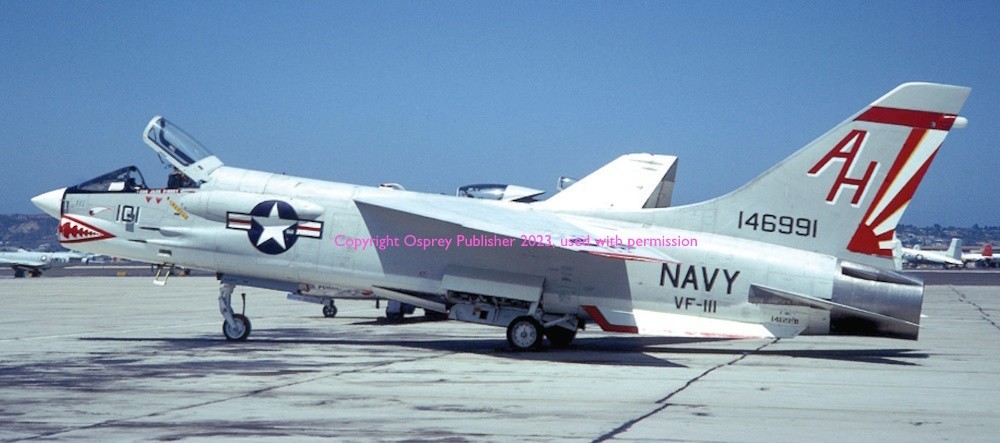
Technical and weathering details

The Office
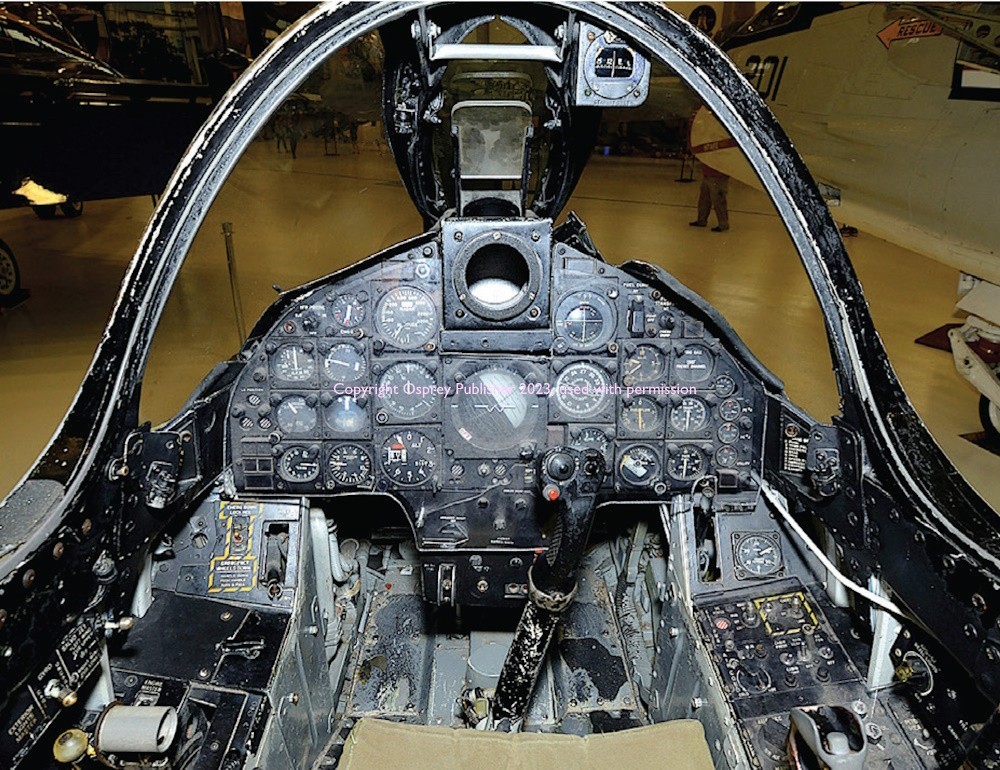
Screaming to become a diorama

MiG can outturn me? No problem.

Conclusion
So are you a reader who builds models for a physical representation of your topic, or do you read to learn about the subject you like to model? Regardless, F-8 Crusader, Vietnam 1963-73 is Osprey's gift to enthusiasts of the F-8. The F-8 has been my favorite Vietnam War jet fighter for as long as I remember, and this book not only reinforces why, it also expanded my understanding and fascination of the Crusader. I believe that it can do the same for you and recommend this title.
Please remember to mention to Osprey and retailers that you saw this product here - on Aeroscale.
* DoD learned its lesson and each new generation fighter carries an internal cannon.











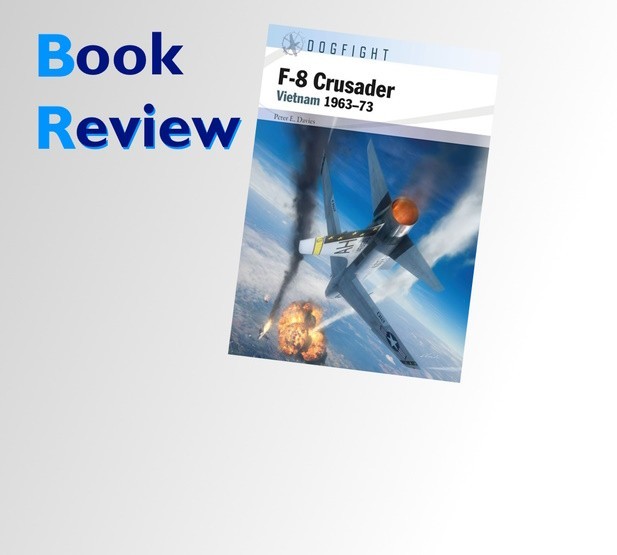






![MiG-3 [late] ‘Winter Air Defence’ Incoming](/upload/media/posts/2025-06/20/mig-3-late-winter-air-defence-incoming_1750437150-s.jpg)


